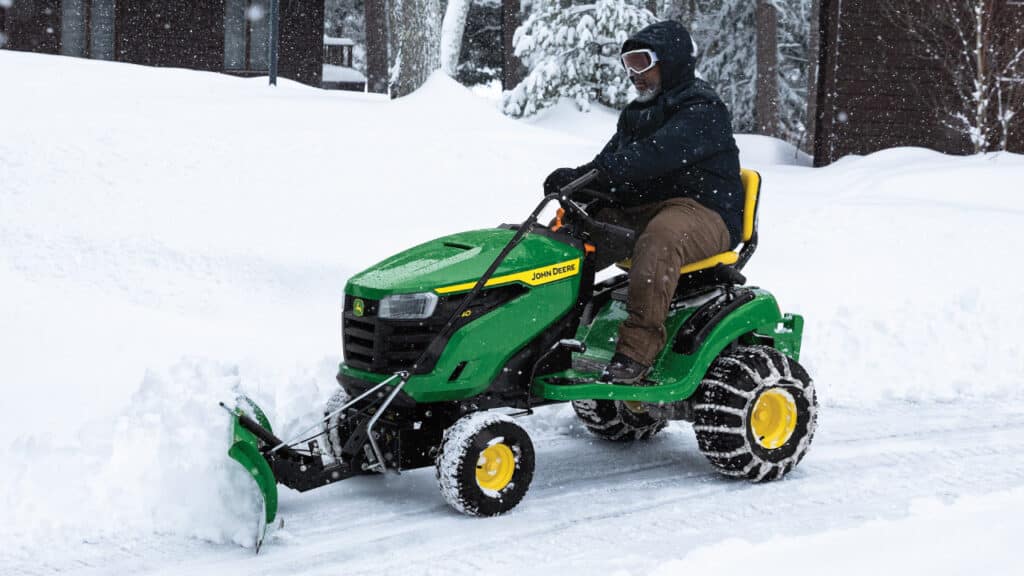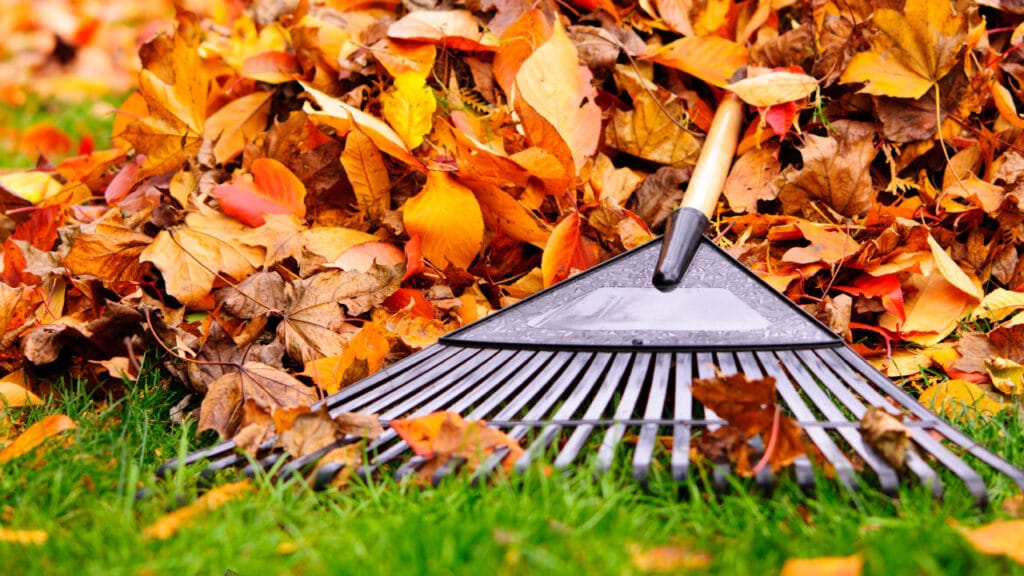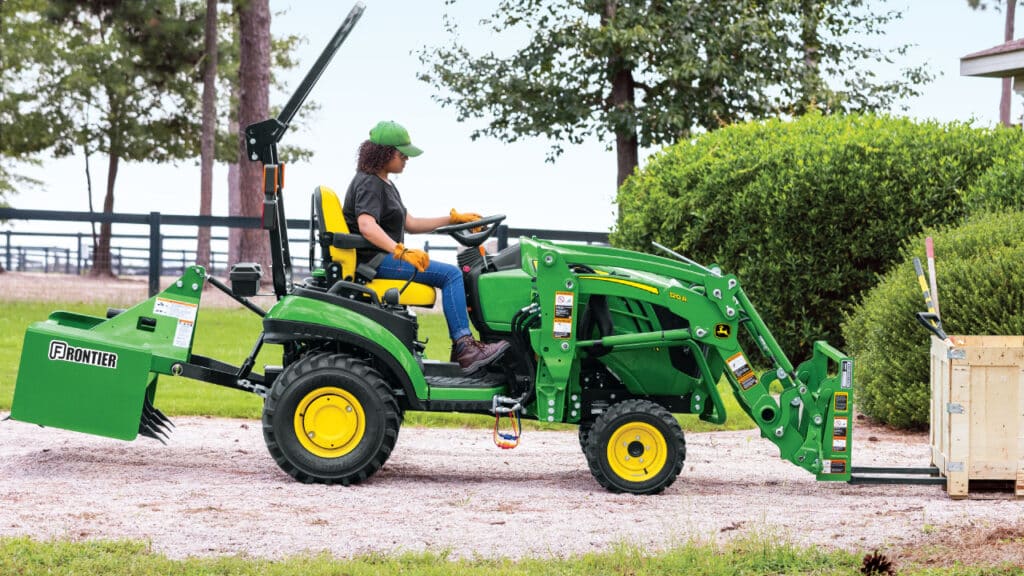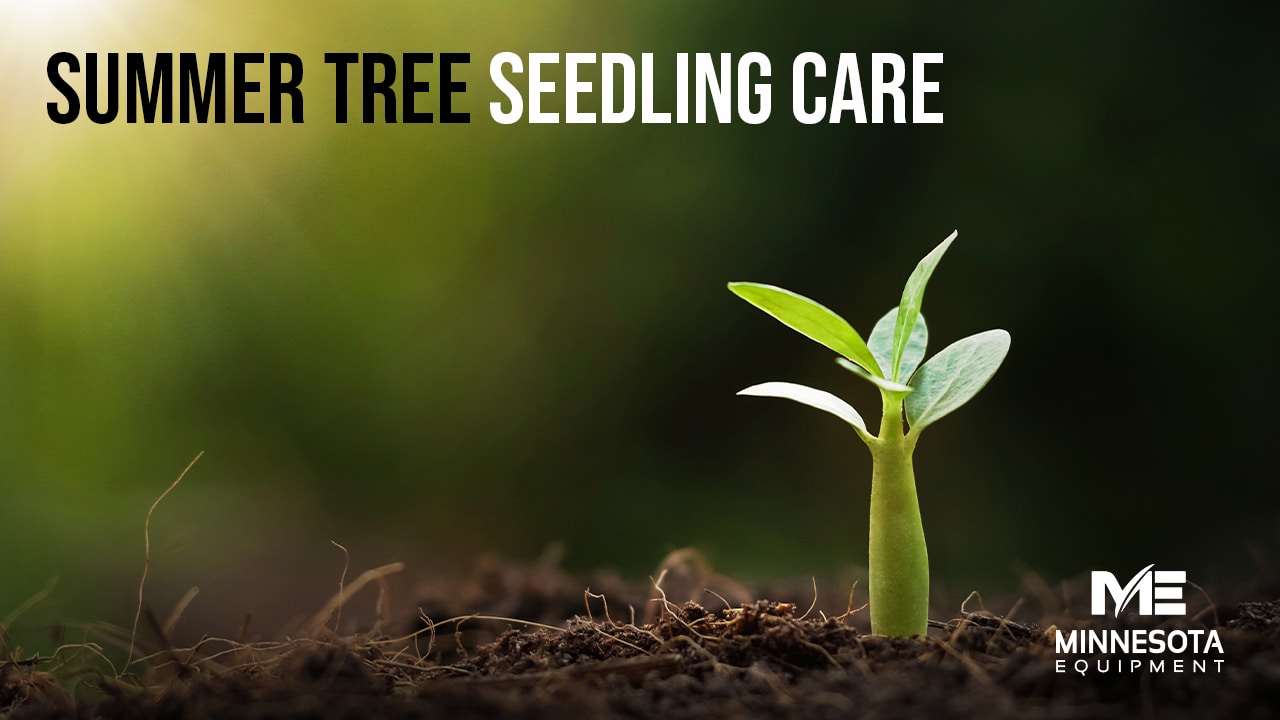
There are plenty of good reasons to plant trees on your property. Benefits include improving wildlife habitat, reducing soil erosion, better air and water quality, and timber production, to name a few. Planting seedlings is a popular option, particularly for establishing large numbers of trees.
There’s more to establishing a shelterbelt or woodlot than putting trees in the ground, however. Forestry experts call this the “care and feeding” phase of the project, and summer is prime time to keep your fledgling forest in good health.

Young trees face many threats. A variety of animals eagerly eat and strip off the bark, branches, and roots. Insects feast on foliage. Diseases wait for an opportunity to strike. And vegetation of all sorts does everything in its power to out-compete your seedlings by robbing them of much-needed moisture and nutrients.
To give your new trees a fighting chance, follow these simple tips.
Monitor The Situation
Don’t be an absentee land manager. Keep an eye on your plantings. Keep track of how the trees are faring and be prepared to step in and counteract any problems as they arise.
Avoid Water Woes
Water is critical to seedling survival—but only in the right amounts. Yes, trees need water. But improper watering can wreak havoc on your plantings.
Experts recommend checking seedlings every week during the first growing season. The soil surrounding them should be moist but not soggy. An inch of rain a week is typically enough to sustain seedlings. When necessary and where feasible, water to maintain the right amount of moisture. And be forewarned, new seedlings need extra water until their roots reach beyond the confines of the planting hole.
Avoid the temptation to overly saturate the situation. Over-watering forces oxygen out of the soil, resulting in oxygen-starved roots. On the flip side, frequent light watering can trigger the development of shallow root systems—making your trees vulnerable to scorching summer temperatures and winter’s bitter cold.
For best results, water with an open-ended hose at a rate low enough so the water doesn’t run off without soaking into the soil. Since tree roots extend away from the tree at least as far as the tree is tall, place the hose at or beyond the drip line for maximum watering effectiveness.
Weed Wars
Competition from grass and other types of vegetation is the biggest threat to your seedlings. Winning the weed war is key to preventing stunting and mortality. Don’t pull any punches, either. Where weed competition is extreme, high numbers of trees will perish the first few growing seasons.
Pre-planting site prep can help, but the battle doesn’t end there. Tilling around seedlings is a solid option, as it destroys weeds or at least limits their food-producing abilities. There are limitations, however. Till no deeper than 2 to 3 inches and keep it outside the tree’s drip line or you risk damaging tree roots. Also, since cultivation promotes the germination of annual weeds, you’ll need to continue tilling throughout the growing season.
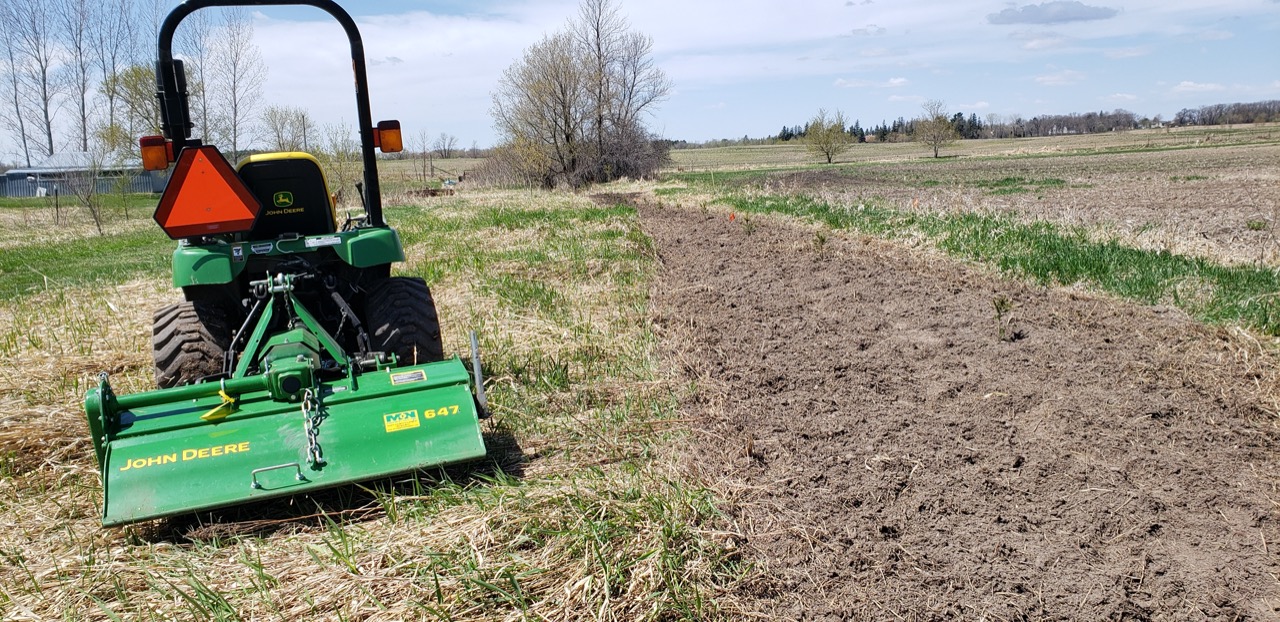
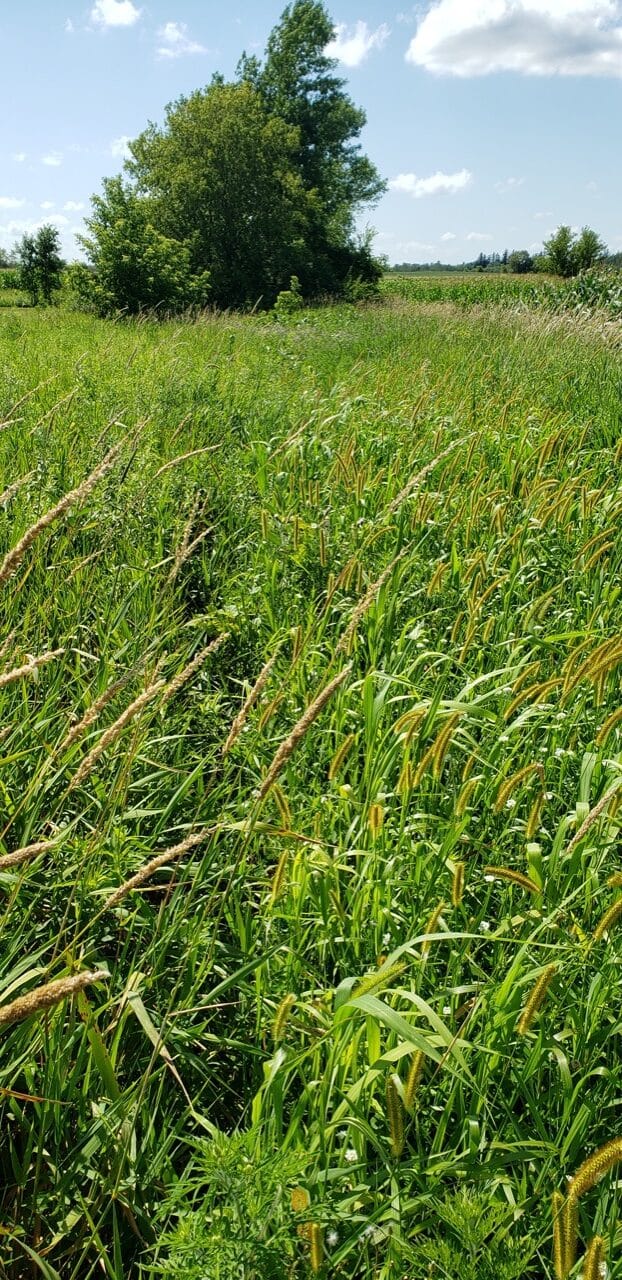
Mulching and fabric tree mats can greatly limit weed competition. Mulch also helps maintain soil moisture and keep tree roots cool under the summer sun. In small plantings, a 3- to the 4-foot circle of mulch around each tree is ideal. Coarse materials like wood chips or ground corn cobs work wonders. Avoid grass clippings and straw, which tend to attract tree-eating rodents.
Chemical weed control is an effective and economical approach to controlling weeds in large plantings. Unless you’re an herbicide guru, however, it’s smart to work with your local co-op, extension agent or other experts for advice on when and how to apply the most appropriate weed killer for your planting.
Mowing is a tempting option. But it does not limit weed competition for water and nutrients, so it is generally reserved as a last resort for knocking down tall weeds. If weeds tower over your trees, clip or mow the weeds or heavy snows will push the tall stalks and grass down, burying your seedlings. If you weed whip around trees, take care not to damage the bark.
Fertilizer Tips
If your trees look healthy and are growing well, fertilizing generally isn’t necessary. Because new transplants my grow slowly until they become established, however, regular doses of fertilizer can help them take root in less-than-ideal sites such as heavy clay or extremely sandy conditions. You should also fertilize if your plantings have suffered from insect damage or disease.
Complete fertilizers such as 10-8-6 are recommended, but it’s wise to complete a soil test before fertilizing, and then treat your soil accordingly. The soil test will also tell you whether the ground is acidic or alkaline. Keep in mind the latter can limit trees’ ability to use certain soil nutrients.
A few words of warning on fertilizer are in order. Early April is an ideal time to fertilize trees in Minnesota—before new growth expands. If the trees aren’t stressed by drought, you can give them a shot of fertilizer anytime until about mid-July. After that, applications may stimulate plant growth that won’t have time to harden before winter arrives.
Slow-release fertilizers are an exception and can typically be applied from mid-summer into late fall. If conditions become dry after fertilizing, however, it’s critical to water your trees.
By following these tips, you can boost the success of your tree seedlings this summer. And as always, visit your friends at Minnesota Equipment for all the reliable tools and machinery to help make your chores as easy and enjoyable as possible.


 MyME
MyME

